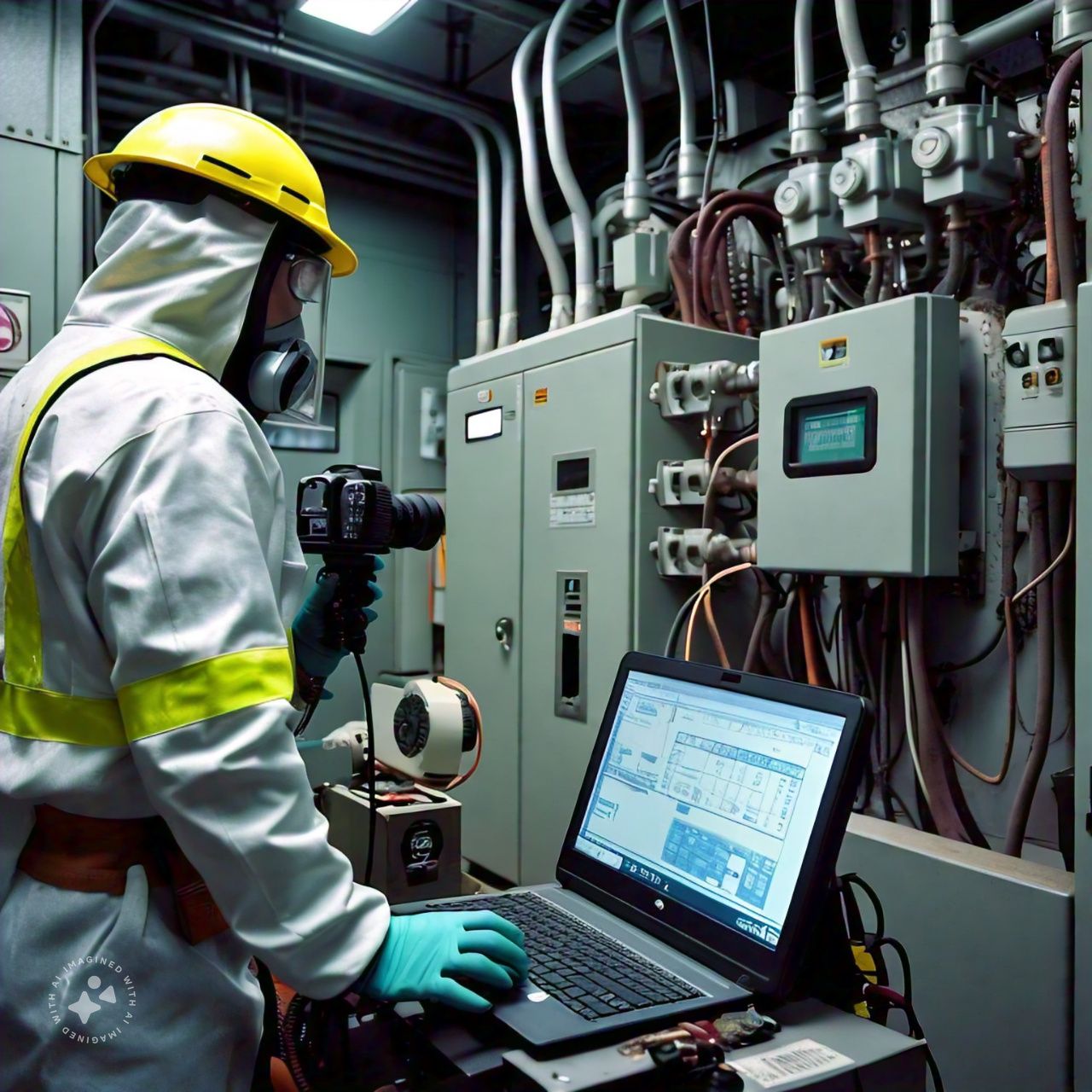Thermographic Testing (Analysis) of Sub-Stations up to 33 kV
Thermographic testing, also known as thermal imaging or infrared (IR) thermography, is a non-destructive testing method used to detect and analyze temperature variations in electrical equipment. In sub-stations up to 33 kV, thermographic testing plays a crucial role in identifying potential issues before they lead to failures, ensuring the reliability and safety of the electrical system. This guide outlines the process, benefits, and best practices for thermographic testing in sub-stations.
Thermographic Testing (Analysis)
Importance of Thermographic Testing
Early Fault Detection: Thermographic testing can identify hot spots and abnormal temperature patterns that indicate underlying issues such as loose connections, overloaded circuits, or deteriorating components.
Preventive Maintenance: Regular thermographic inspections help in planning maintenance activities, reducing unexpected outages and extending the lifespan of equipment.
Safety Assurance: Detecting and addressing thermal anomalies prevents potential hazards like electrical fires, ensuring the safety of personnel and equipment.
Cost Savings: By preventing catastrophic failures and unplanned downtime, thermographic testing reduces repair costs and improves overall operational efficiency.
Address
G-2, ‘E’ Wing, Sion Kamgar CHS Ltd.,
Opp. Croma, Sion Bhandarwada,
Sion (E), Mumbai – 400022.
Phone
+91 9920055072
1. silas@rybbreakerservices.com
2. corporate@rybbreakervices.com

